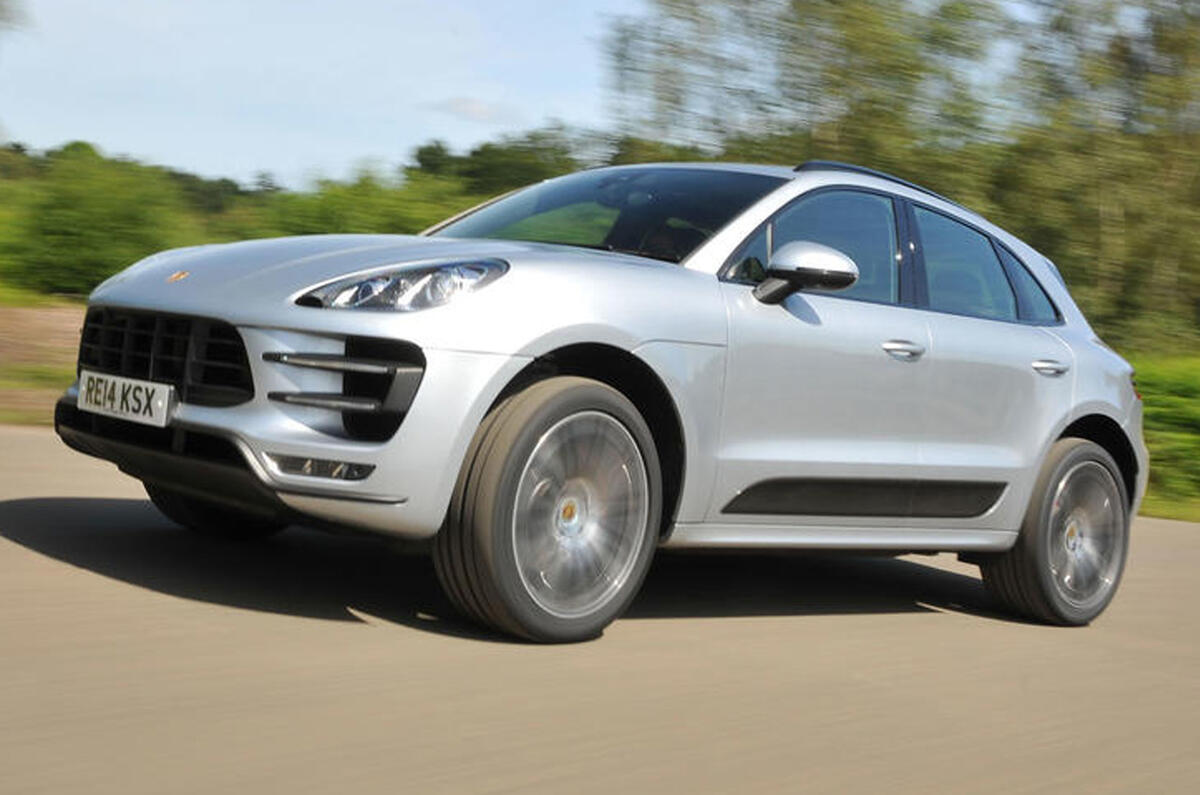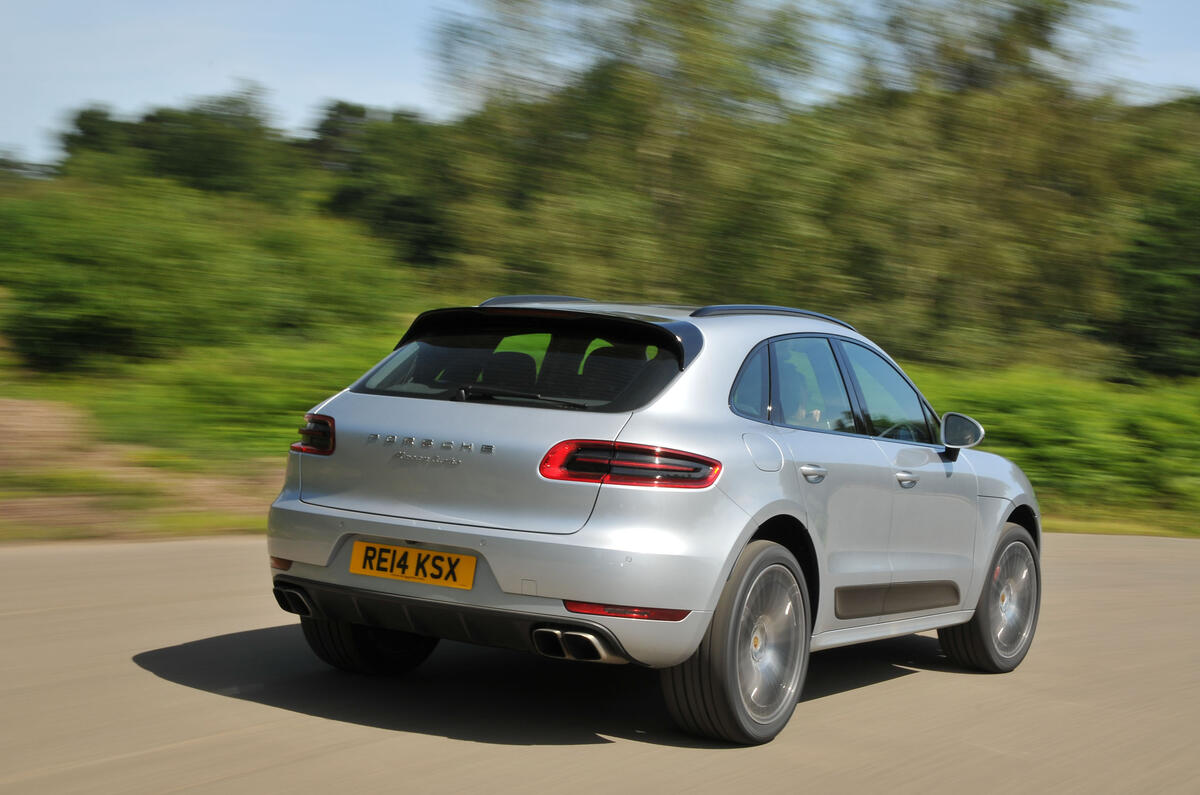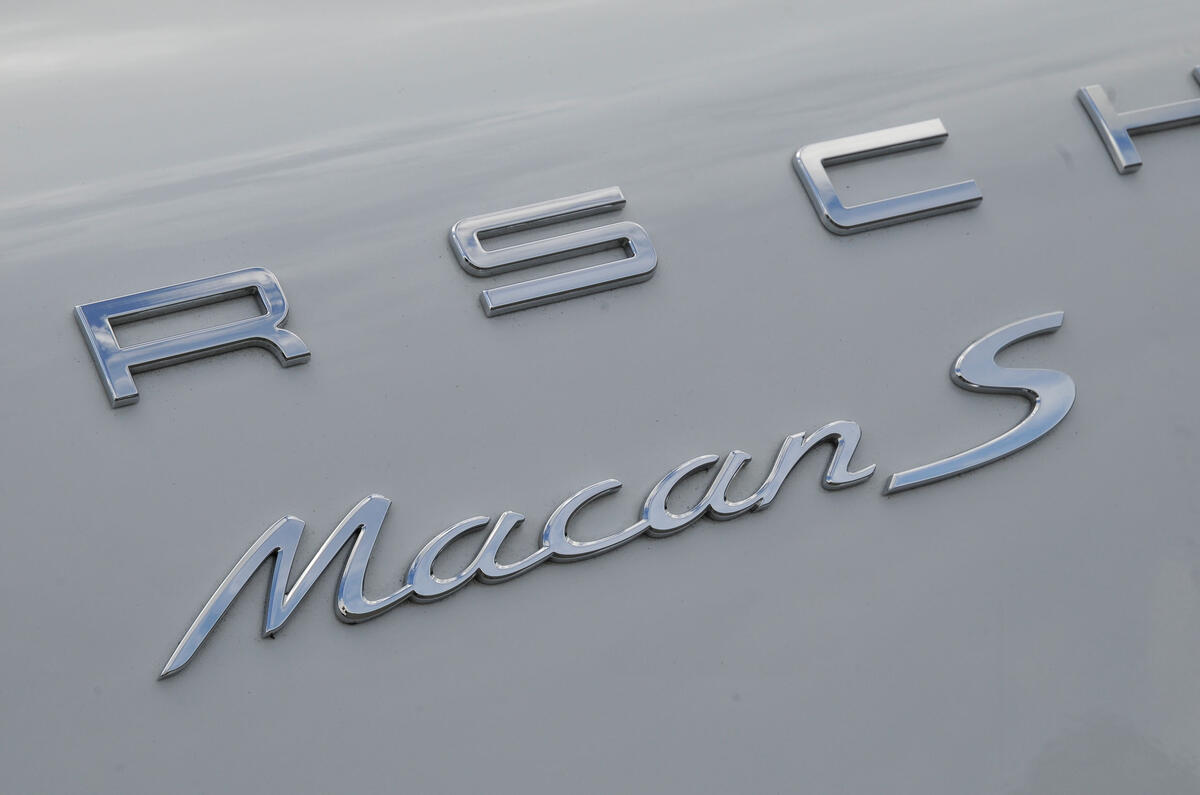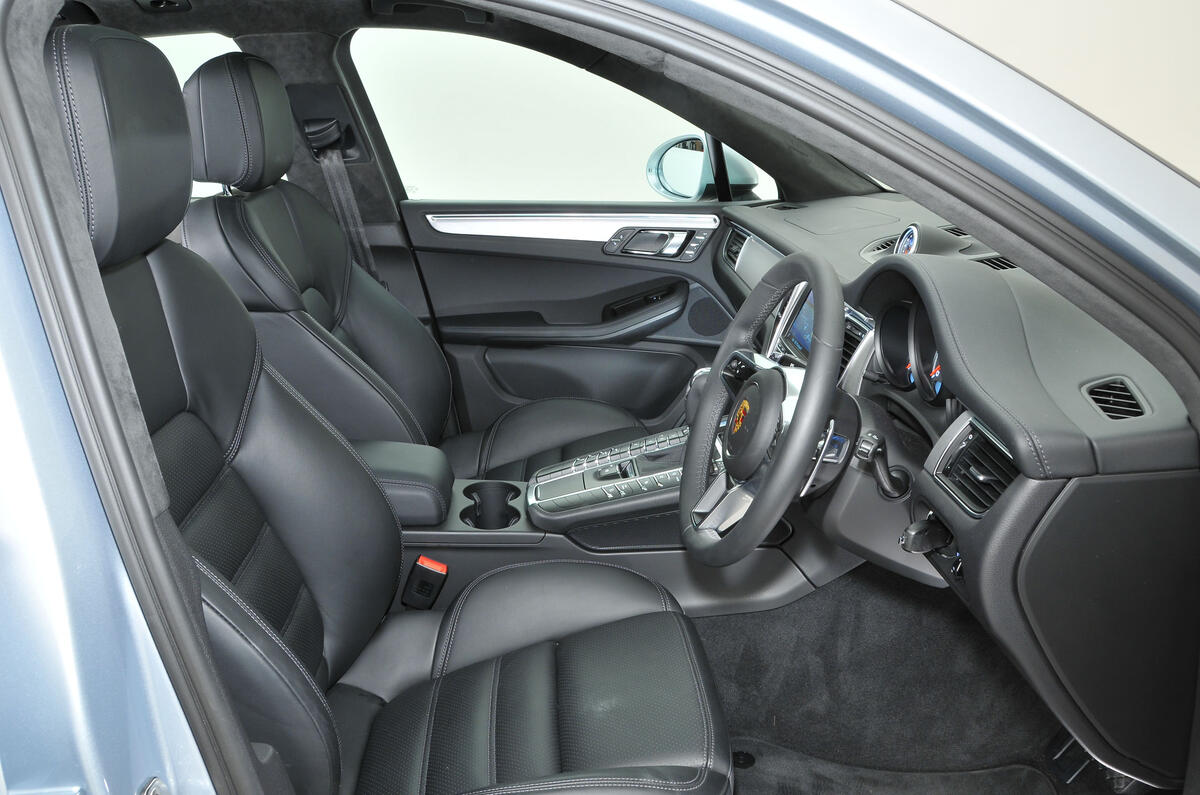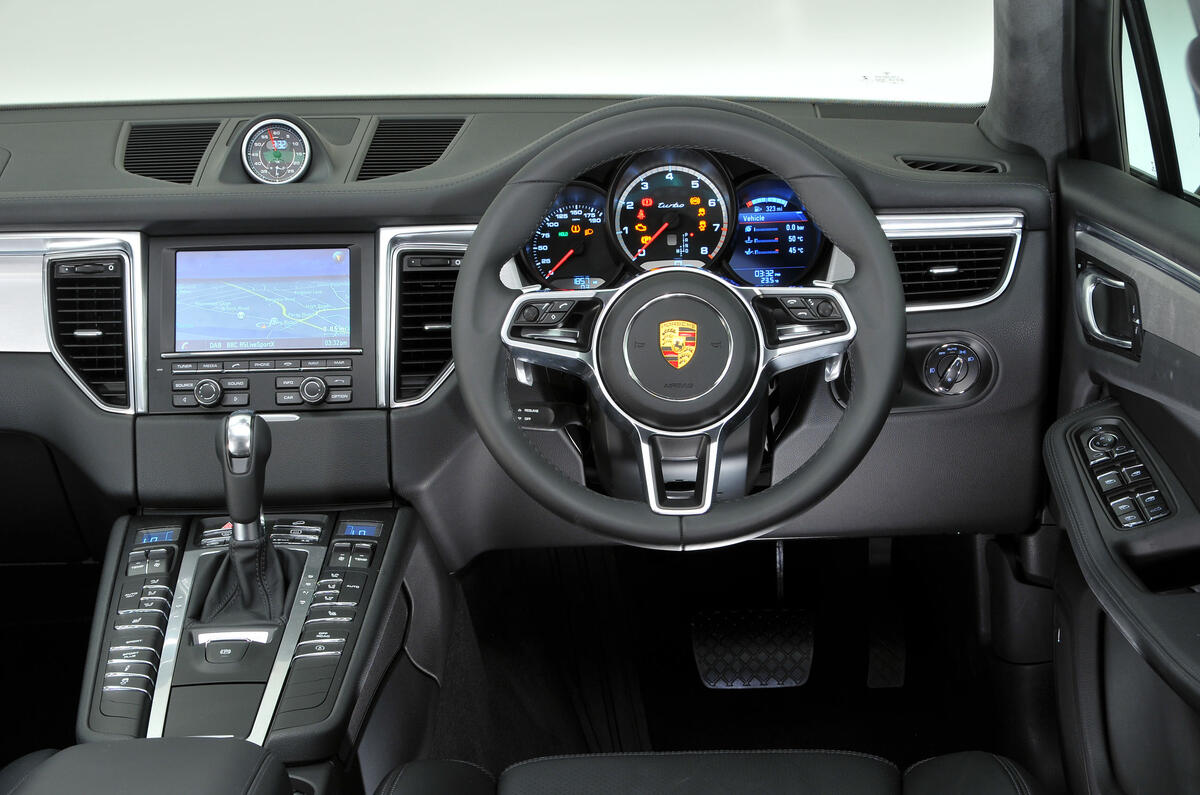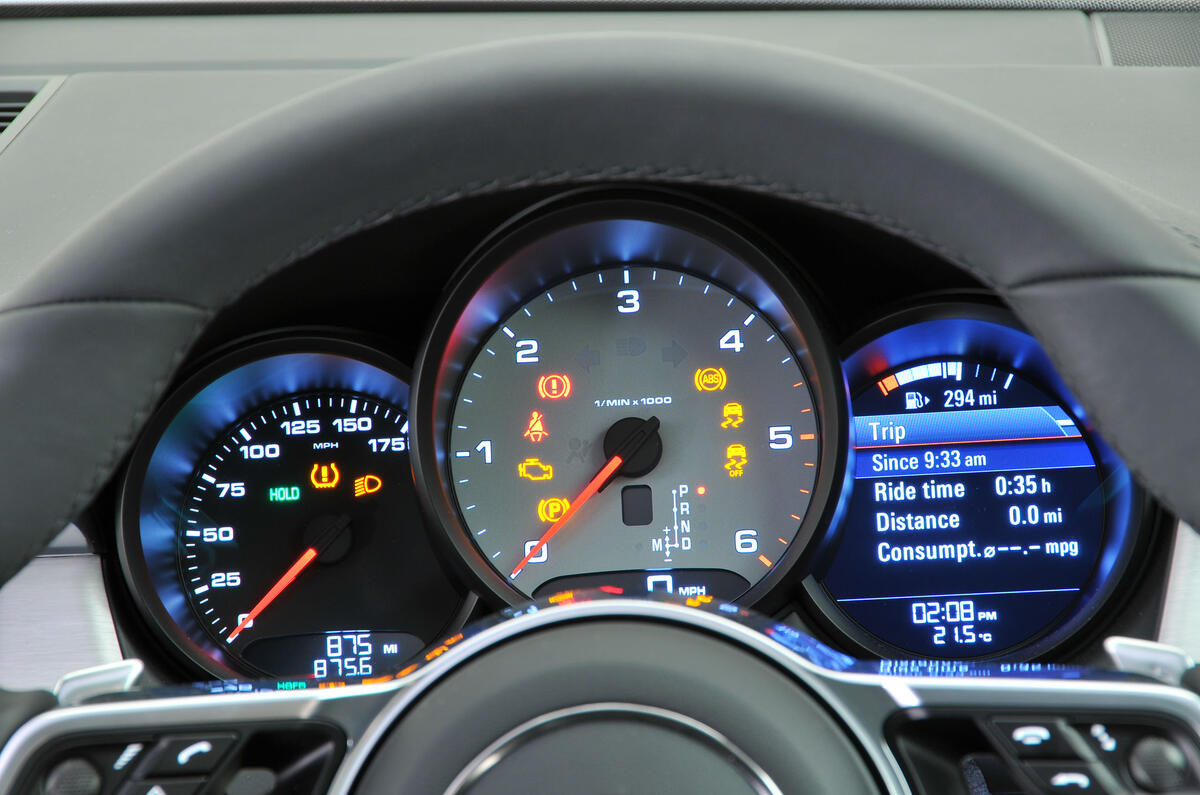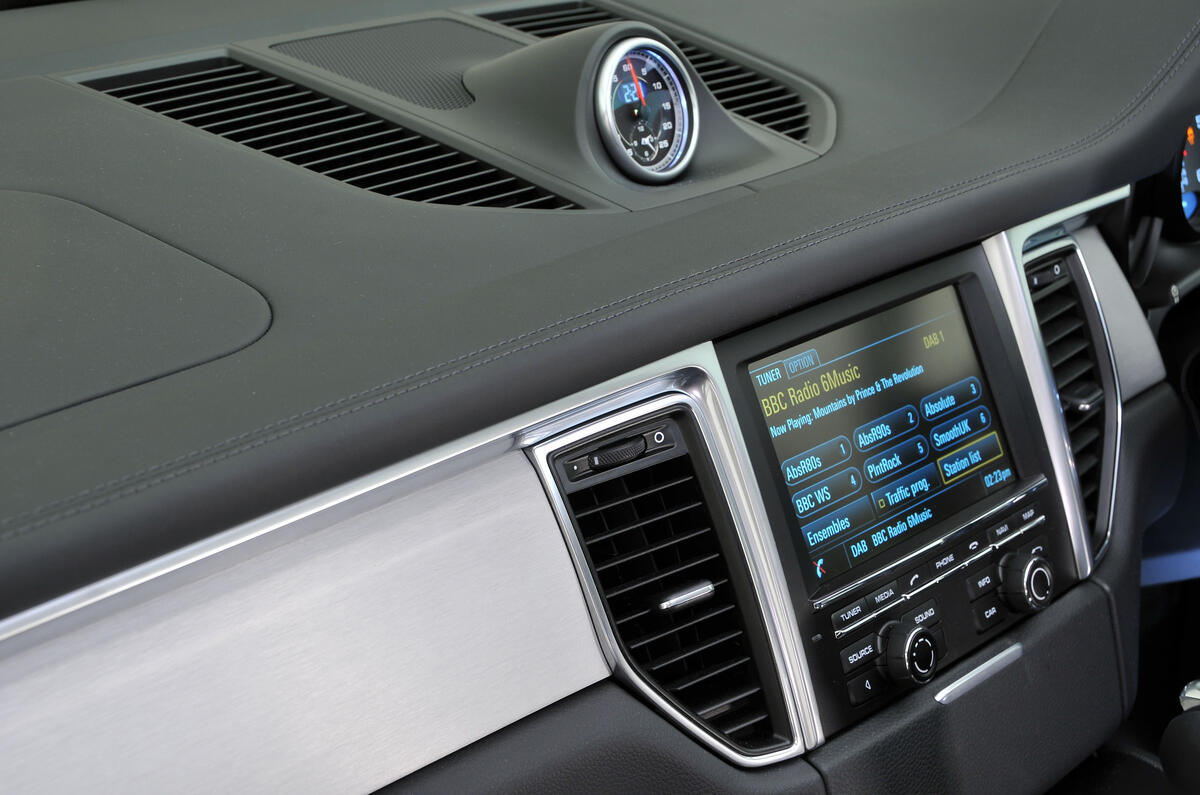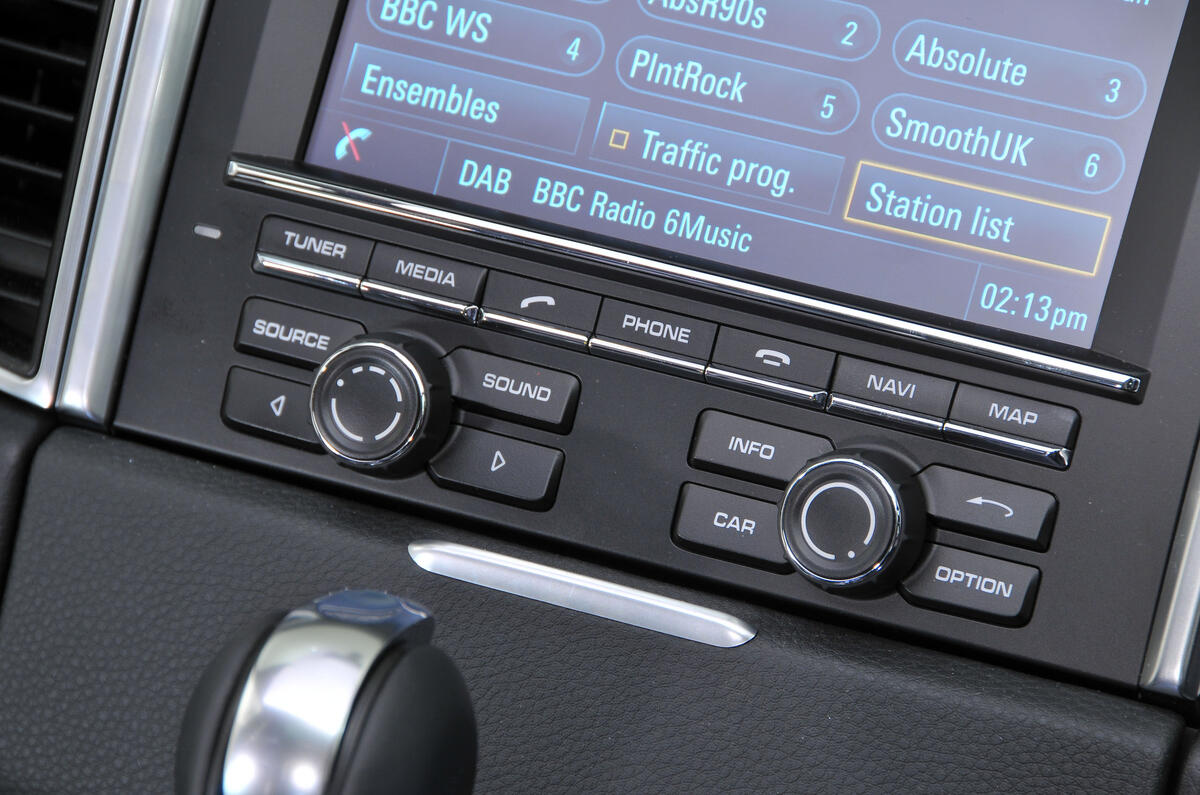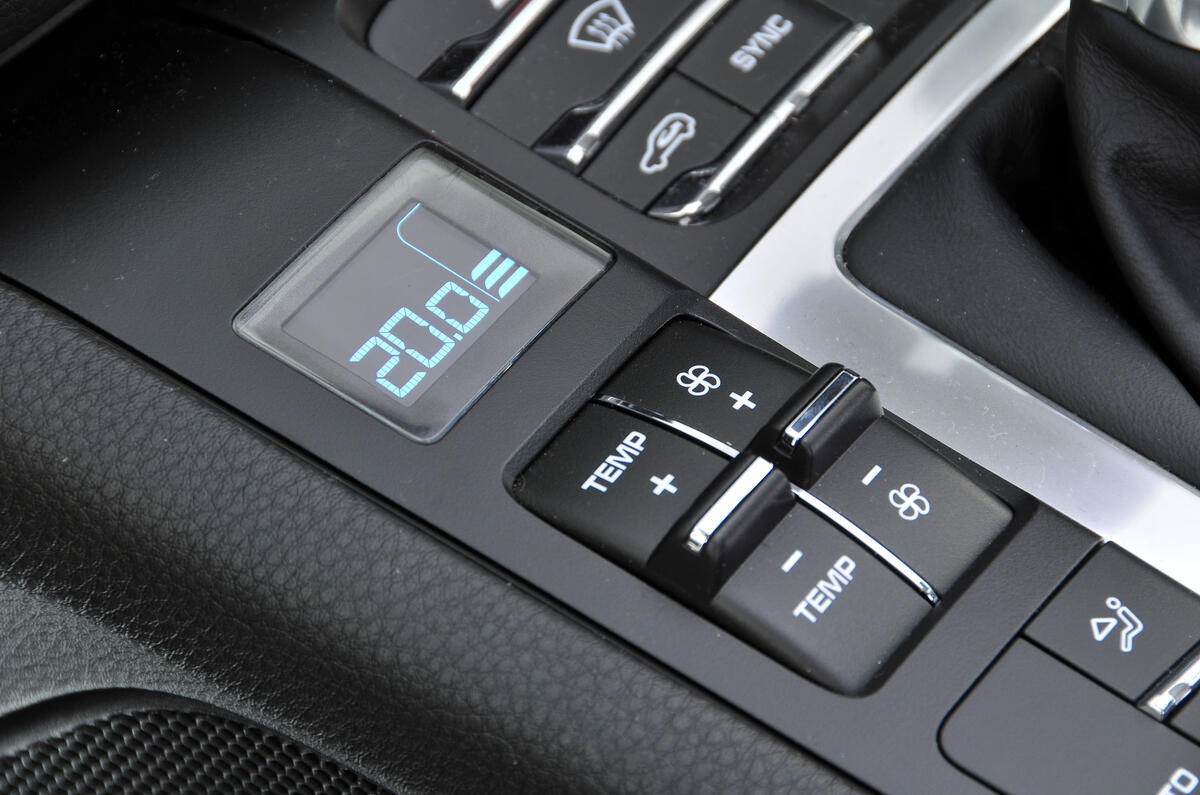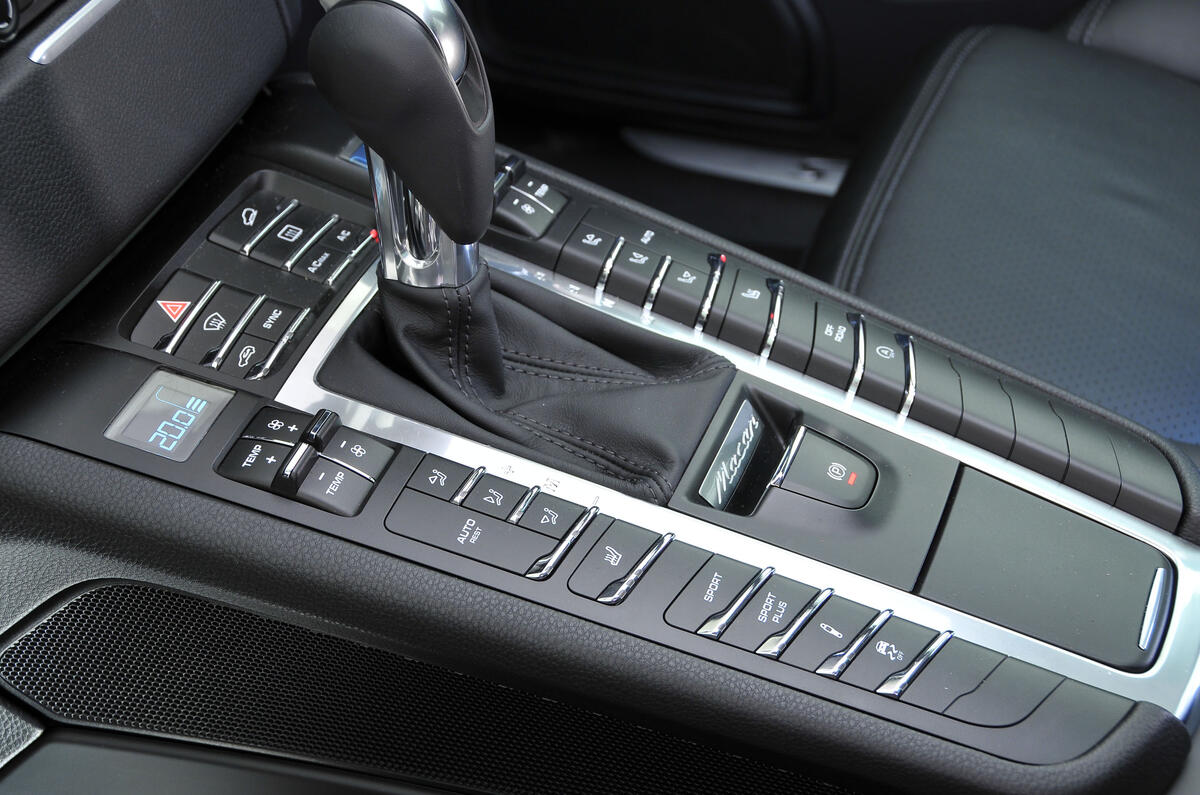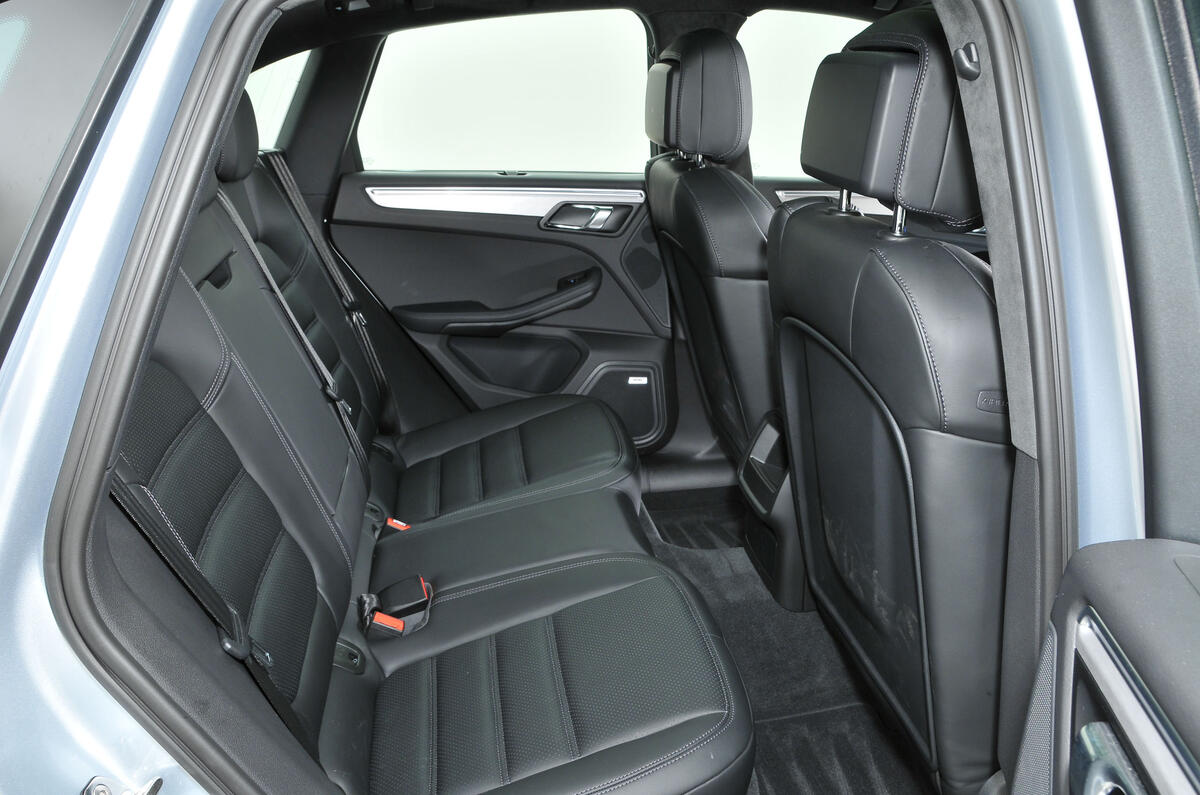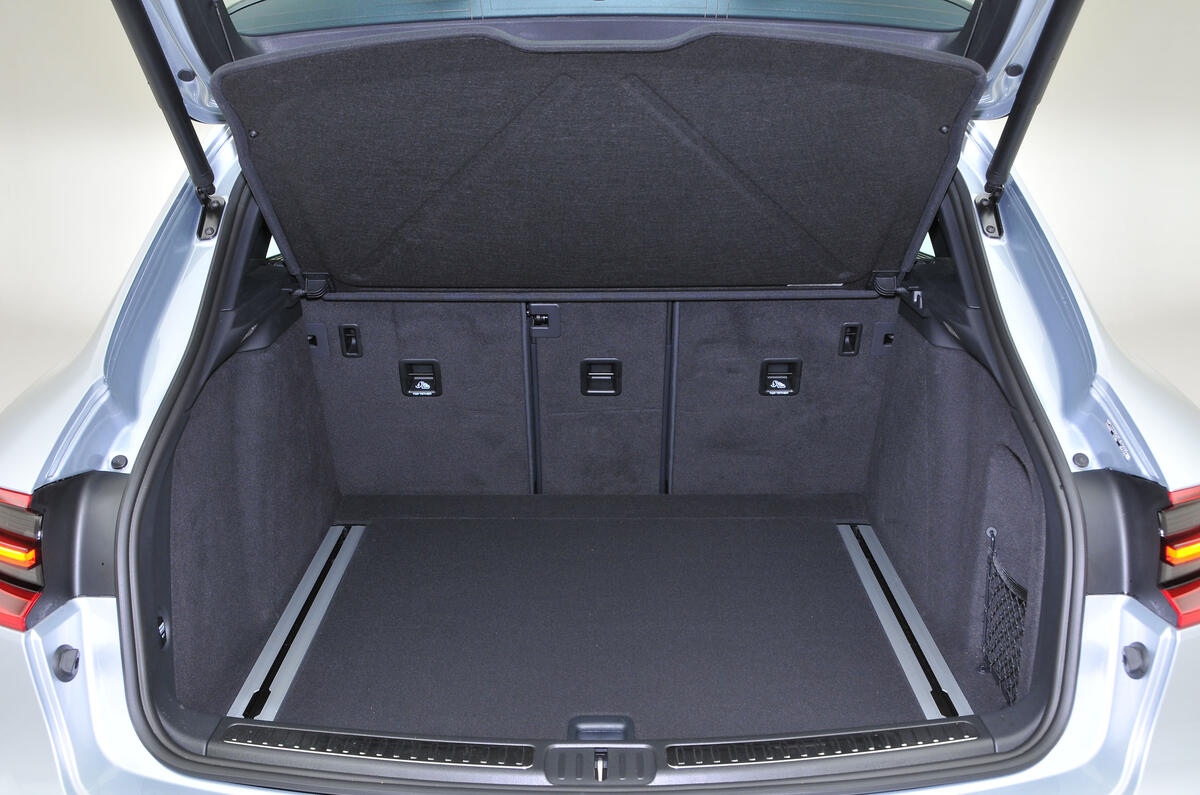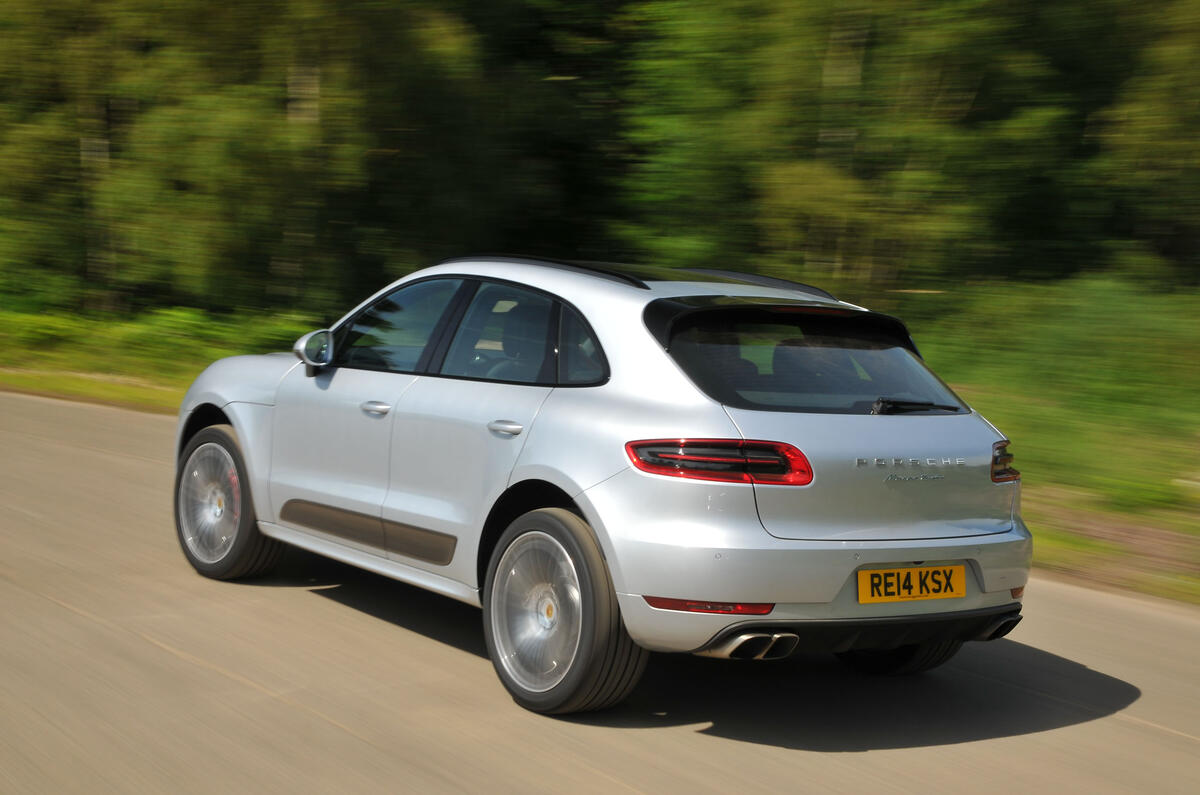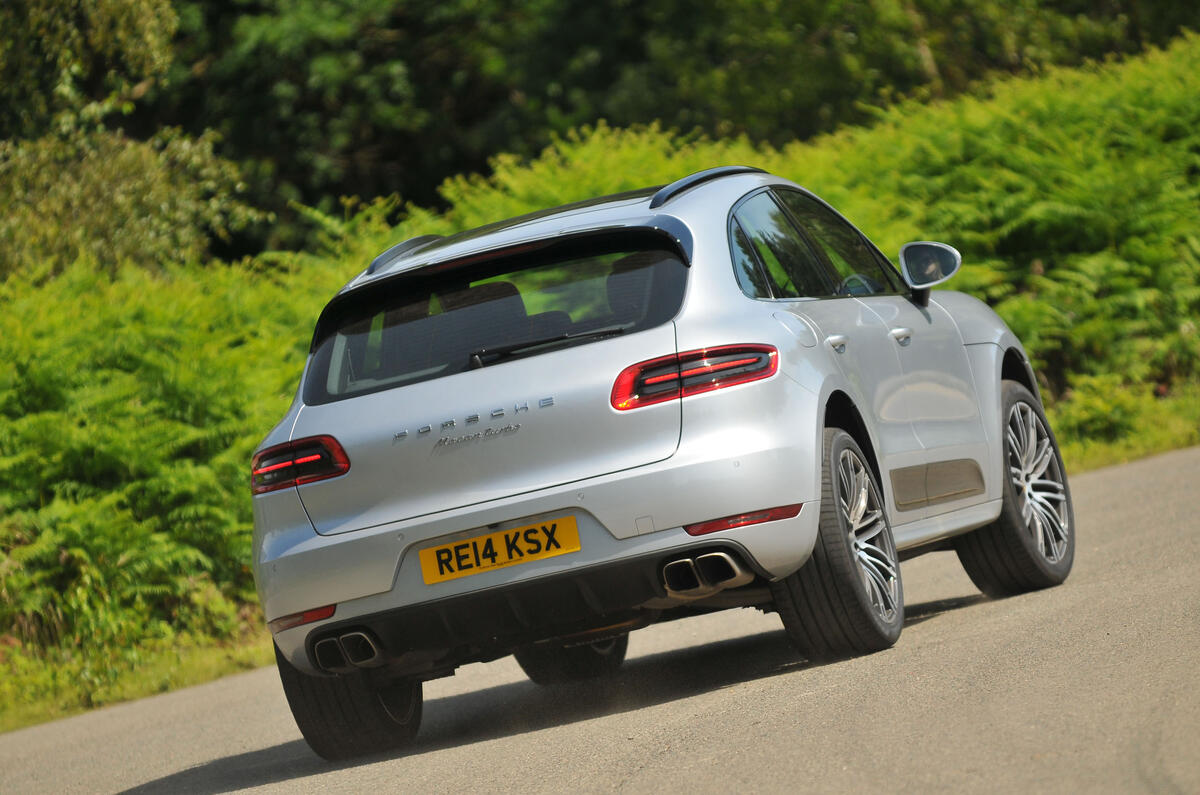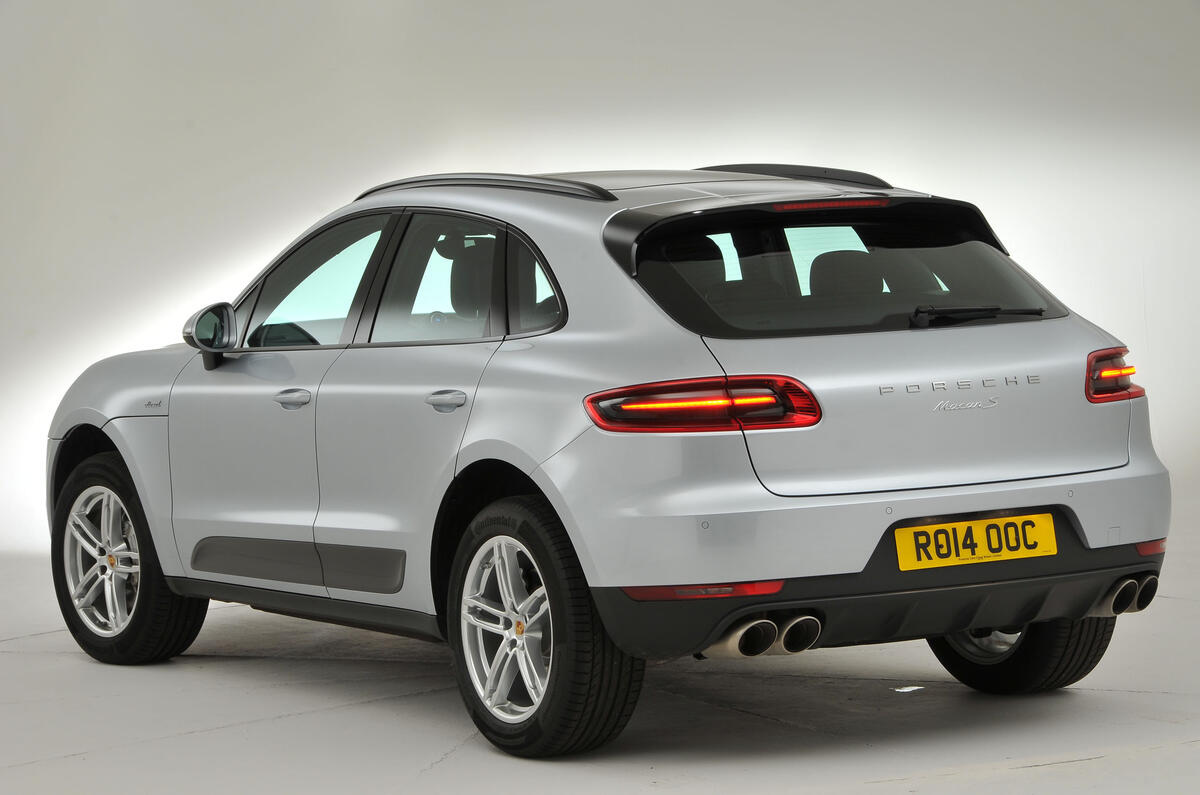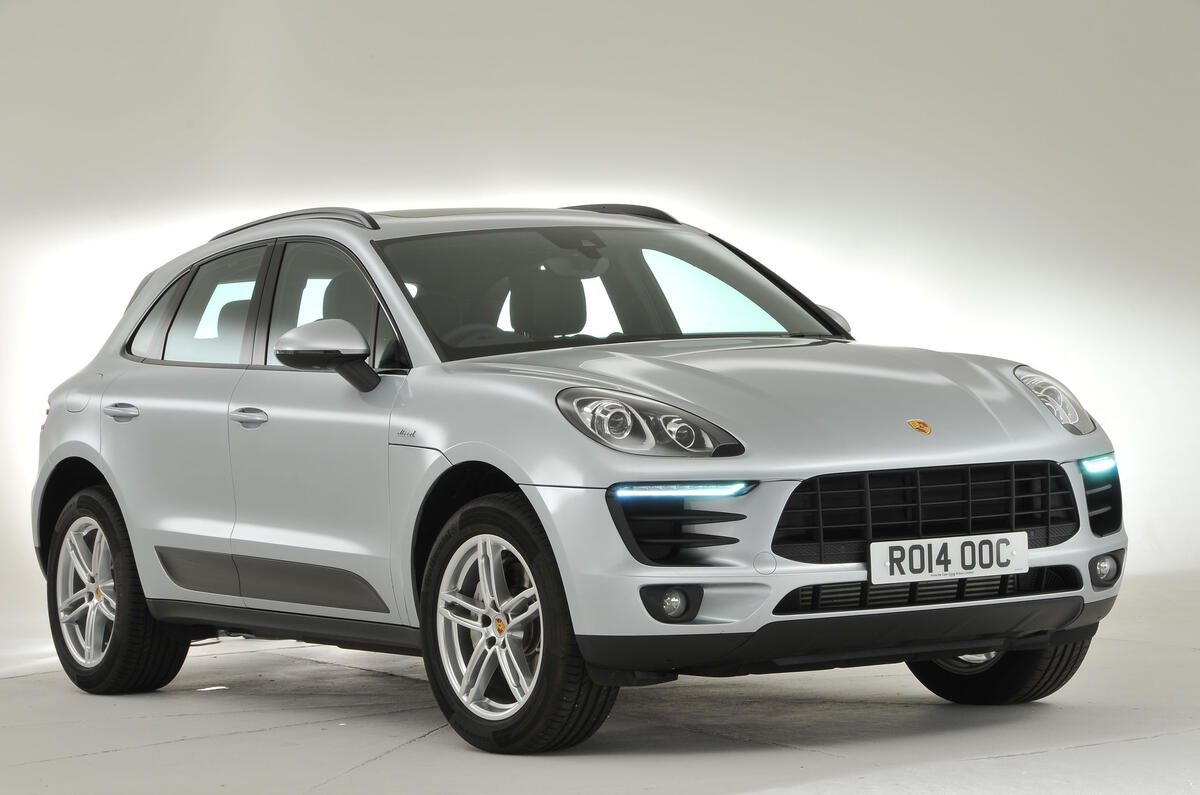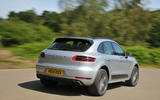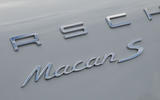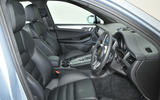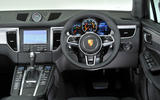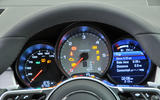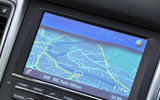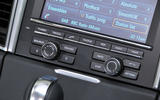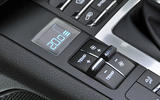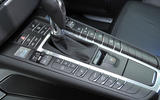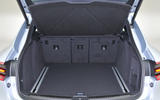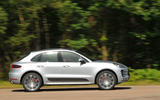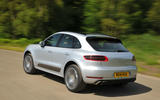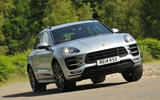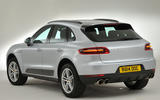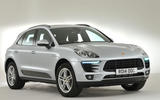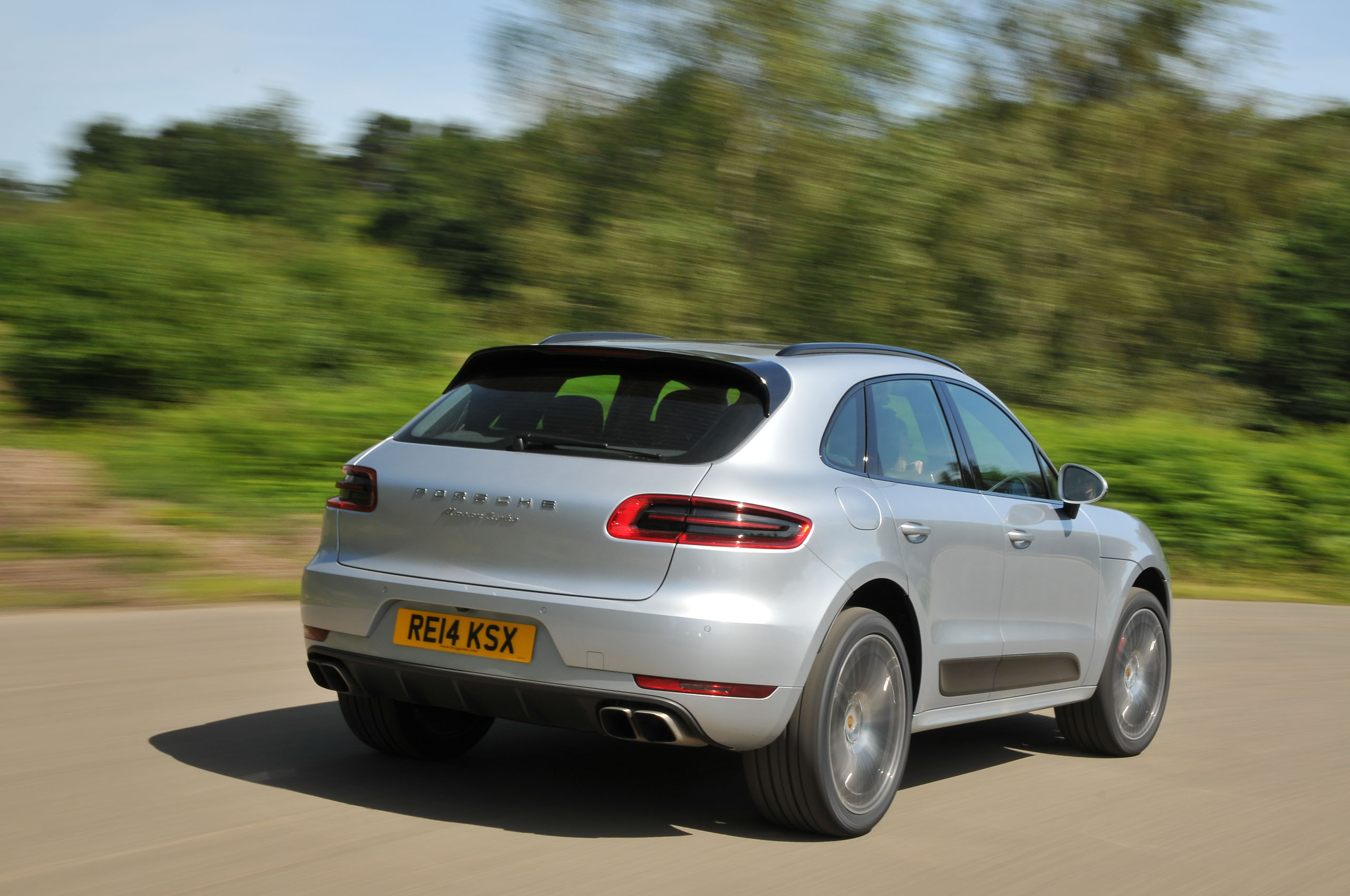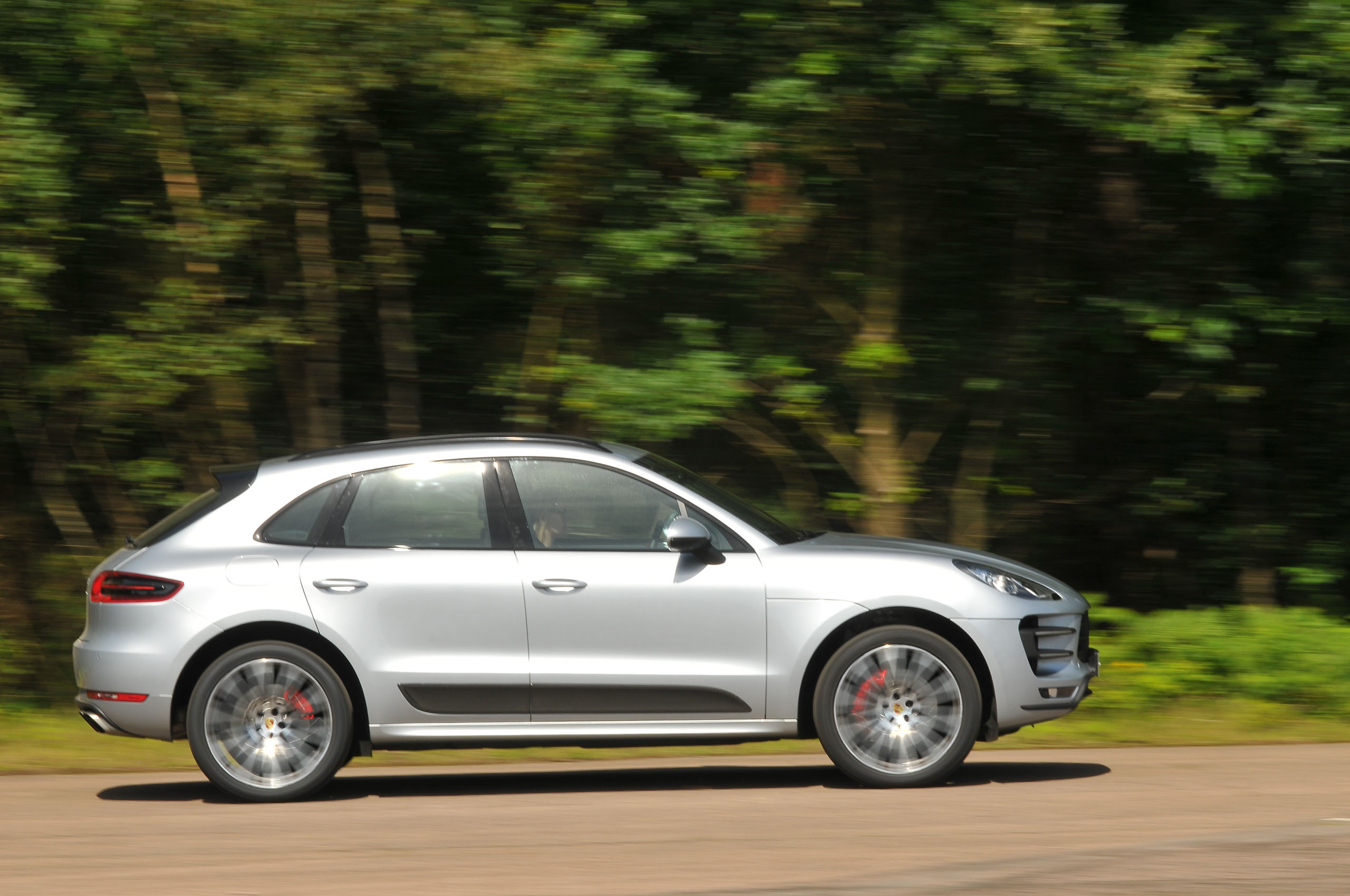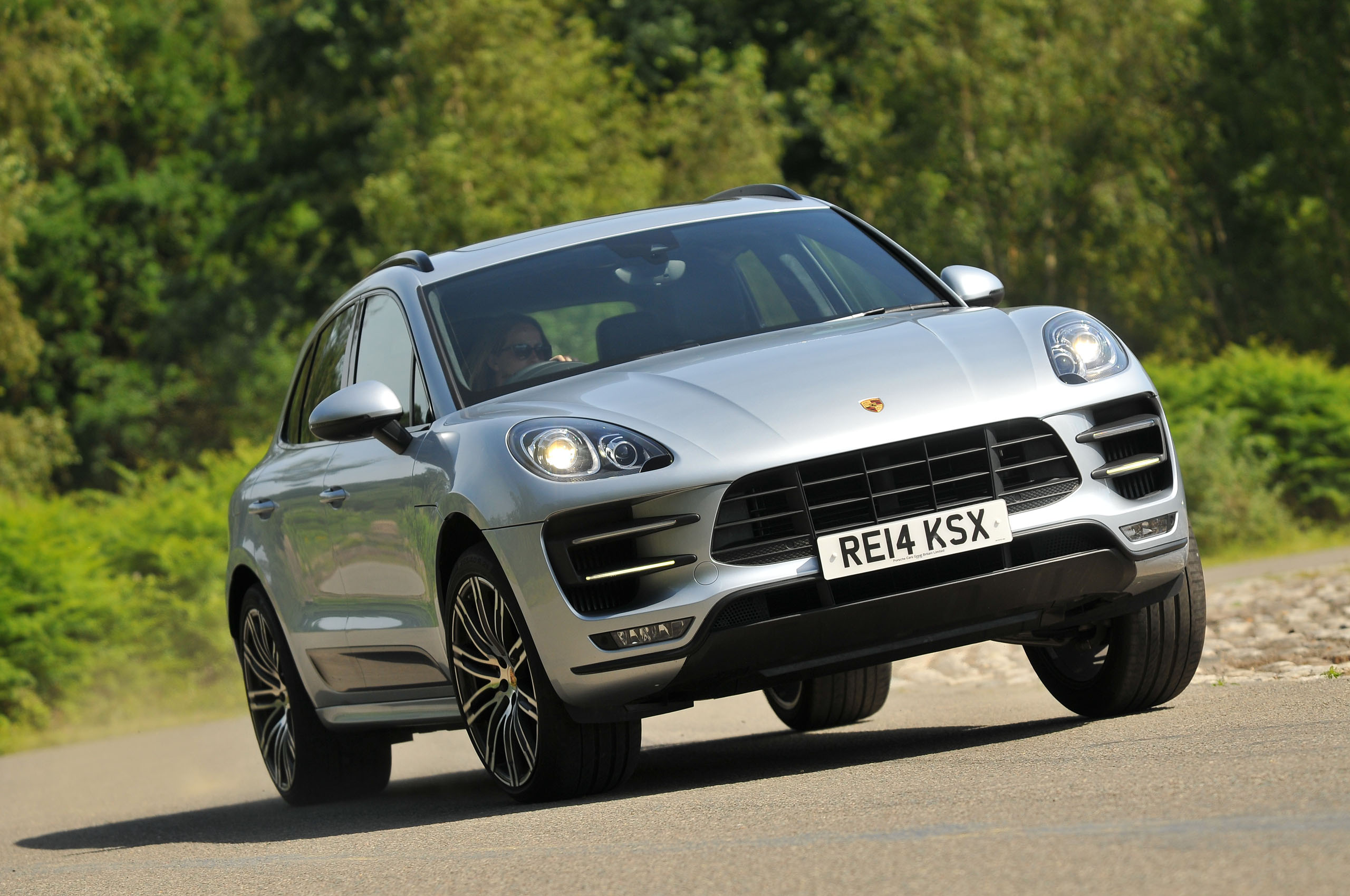As you may be aware, along with giving each model its own individual engine, they also come with their own trim levels.
Standard equipment on the entry-level Macan includes 18in alloy wheels, a twin exhaust system, lane departure warning, cruise control, a powered tailgate and folding electric wing mirrors as standard on the exterior. Inside, there is tri-zone climate control, electrically adjustable driver's seat, an Alcantara upholstery and Porsche's infotainment system complete with a 7.0in touchscreen display, sat nav, USB and Bluetooth connectivity, DAB radio, and a DVD drive.
Choose a Macan S or S Diesel and you'll be greeted by more aluminium interior trim, a quad-exhaust system, automatic wipers, and tinted, thermally insulated side windows. The Macan GTS comes with a sports exhaust system, lowered sports suspension, 20in alloy wheels, bi-xenon headlights, swathes of Alcantara, electrically adjustable front sports seats, a sporty bodykit and access to Porsche's online services.
The range-topping Turbo models may have come with different power outputs, but come with similar equipment levels. Expect to find 19in alloy wheels, steel spring suspension, a unique quad-exhaust system, LED fog lights, adaptive and electrically adjustable front seats, an Alcantara headlining, a Bose sound system and leather upholstery.
Porsche’s marketing department preferred you to think of the Macan as a high-rise, super-practical Porsche 911, not a downsized Porsche Cayenne – a concept that you’ll probably be inclined to meet with some scepticism, just as we did.
However, this cabin lends the idea at least a glaze of credibility. It’s more intimate feeling and quite a bit less rugged looking than you might expect but still retains a lot of what makes a typical premium-branded family 4x4 an attractive ownership proposition.
You sit farther above the car’s shoulder line and transmission tunnel but lower overall than you would in a Cayenne, in a fairly recumbent driving position with arms and legs outstretched and backside, thighs and back amply supported by an excellent sports seat. The Porsche Macan's all-round visibility is great, except where the wide B-pillars intrude on it, and the pedals and wheel are well placed too.
The dashboard architecture – comprising a rising, button-packed lower centre console and a foreshortened centre stack of sat-nav screen and audio controls – is very similar to a Porsche Panamera saloon’s. But being free of the oversized grab handles and drivetrain management controls of the Porsche Cayenne makes the Macan’s interior seem quite discreet.
It’s also very plush, rich and luxurious. The switchgear is chunky and nicely finished, the leathers are attractive and the fascia is very handsomely trimmed. This is an upmarket interior.
It isn’t the most practical compact SUV in the world, though. The high ride height makes access to the car as easy as you’d ever want, but space in the rear seats is underwhelming – no more generous than a typical family saloon.
Boot space is better, but that, too, isn’t outstanding, the sloping hatchback denying the chance to pack bulky items up to the rearmost edge.
The upshot is that, whether you’re trading out of a good-sized four-door or five-door family car or another 4x4, you’re unlikely to find the Macan particularly spacious. The same is true, mind you, of a Range Rover Evoque.
Macans come as standard with the Porsche Communication Management multimedia set-up, with a seven-inch colour display and excellent sat-nav system. The display screen is touch-sensitive but never presents your finger with a difficult mark to hit, even at a bumpy cruise.
Porsche devotes one of the three instrument dials to a 4.8-inch screen that displays on-board computer functions and, standard in the Turbo but optional elsewhere, a condensed version of the sat-nav map. Already the best in-your-sightline system around, it has been made better still because you can now scroll between modes via a new dial on the steering wheel rather than a column stalk.
A premium audio system by Bose, with 14 speakers and 545 watts, is standard on the Turbo, sounds great and features DAB radio with notably good reception.



